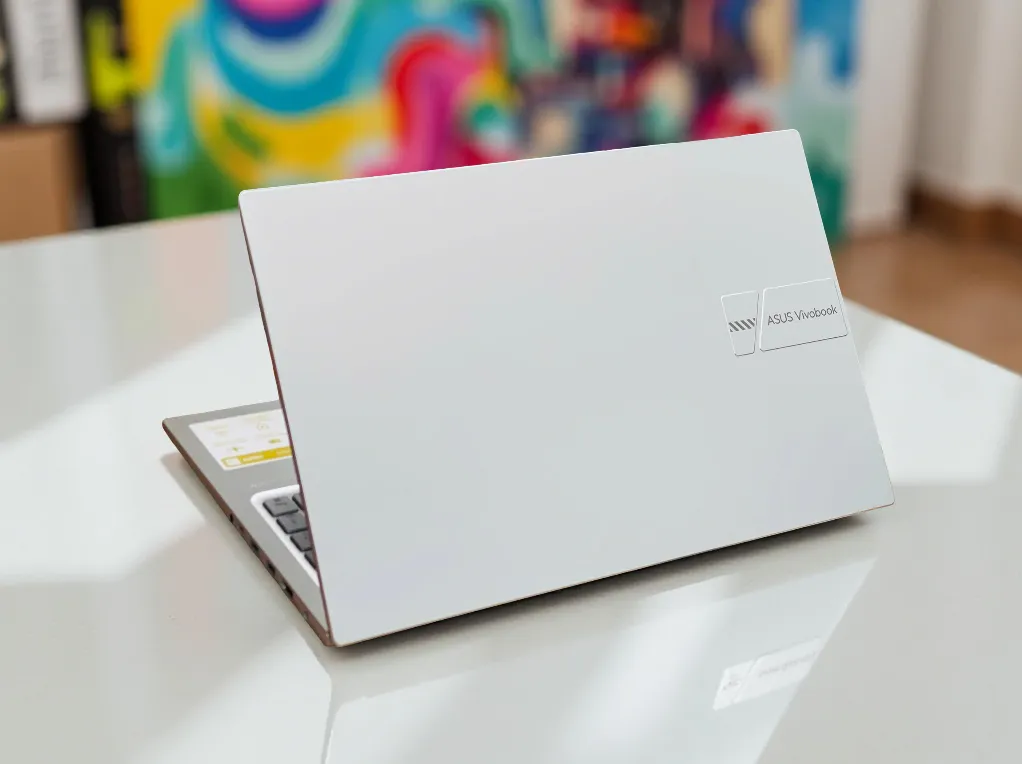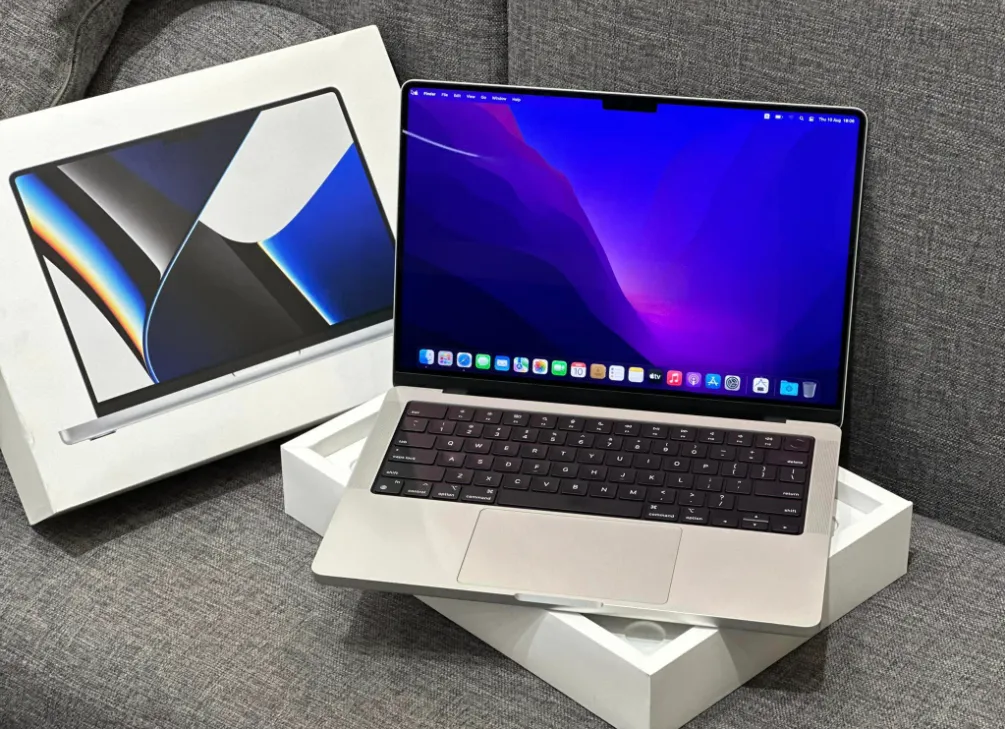The Lumiere video creation feature is a notable example of how AI technology is revolutionizing the video production industry. With Lumiere, Google's AI video generation model, a quick piece of text can produce smooth and lifelike videos. The model is designed to address a significant challenge in video synthesis, which is creating "realistic, diverse, and coherent motion."
Lumiere utilizes a new diffusion "Space-Time U-Net" architecture to generate entire video clips at once, through a single pass in the AI model. Compared to existing models, which synthesize different key frames for the same video, Lumiere's approach can achieve the best results in text-to-video, with fewer quirks than before. The model can create videos from various inputs, including text to video, functioning like a conventional image renderer and creating a video from a text message, and image to video, using an image and its accompanying text message to make this image come alive in a video.
Furthermore, it can also bring some innovation to video creation by generating styles, using a single reference image to produce a video in the target style by using the user's message. In addition to video creation, the model can be used to edit existing videos through various visual styles, modifying a video to reflect a specific message, creating cinemagraphs to animate a specific area of a picture, and inpainting, filling in missing or damaged areas in the video.

Not a major player in the text-to-video field, Google has gradually released more advanced AI models and focused on more versatile ones.
For the video production industry, the impact of Lumiere AI cannot be overstated. It simplifies the video creation process, allowing more people to create higher-quality content. This democratization of video production has the potential to lead to an explosion of creative content and new perspectives in the industry. Its potential applications include creative industries, education, and accessibility, making video creation more accessible and intuitive.
The Google Lumiere paper notes that "there is a risk of misuse for creating fake or harmful content with our technology, and we believe that it is crucial to develop and apply tools for detecting biases and malicious use cases to ensure a safe and fair use." The authors of the article did not explain how this could be achieved.
In summary, Lumiere is a breakthrough text-to-video AI video creator using a novel Space-Time U-Net architecture to generate realistic, diverse videos from natural language descriptions.



-1709089592.jpg)
